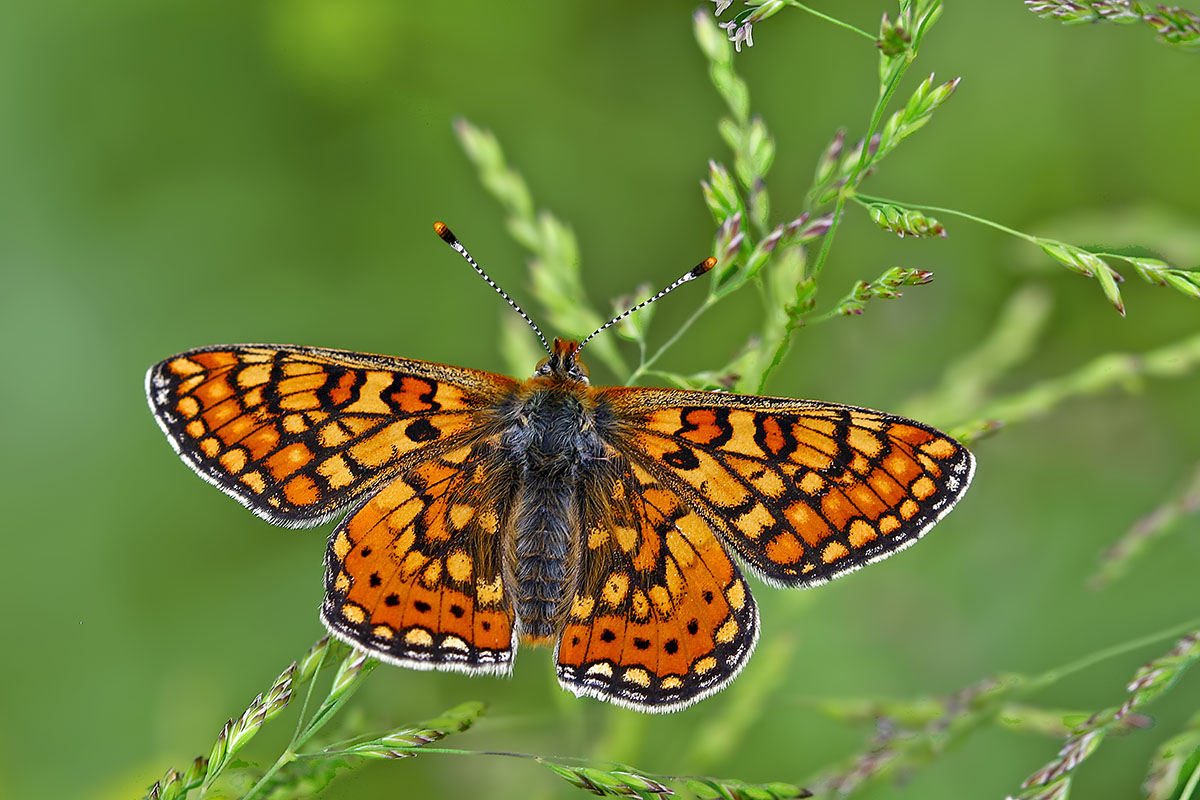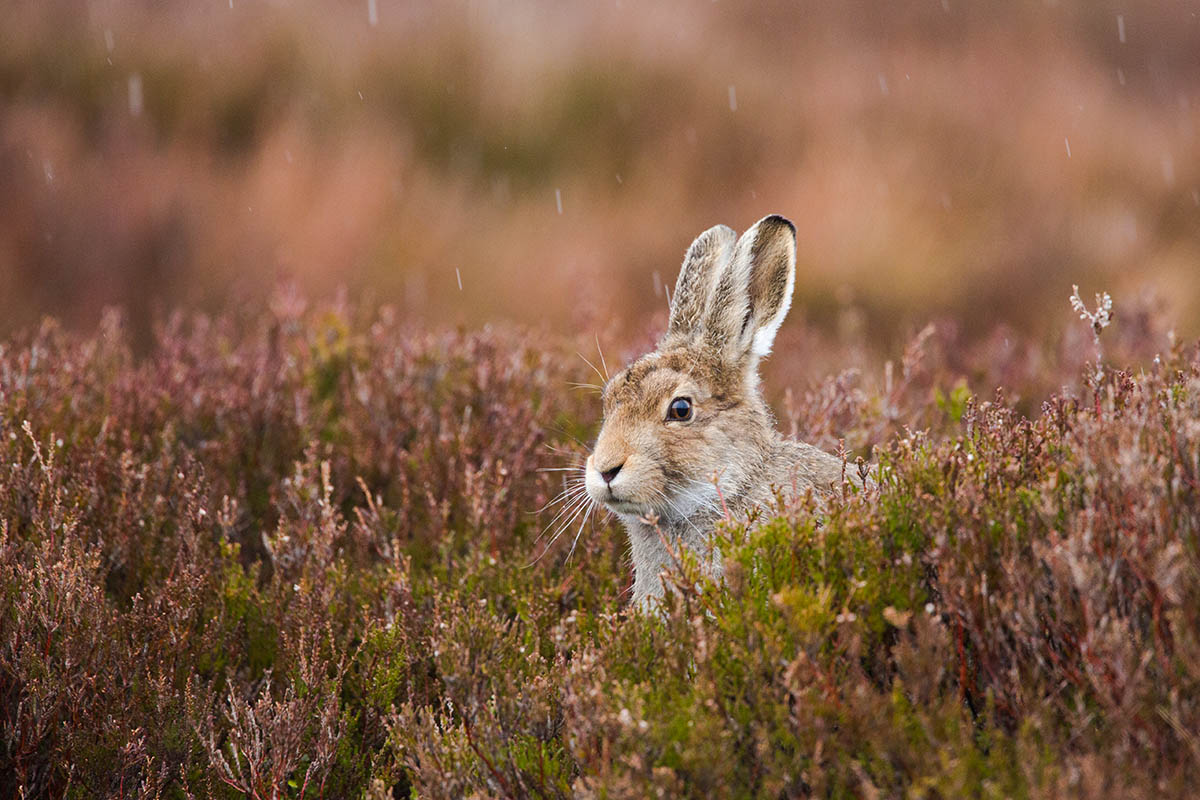
One woman’s journey to find the forgotten species of climate change Britain
Review by Katie Burton
Zoologist and science writer Sophie Pavelle wants to introduce us to some of the less-celebrated treasures of Britain – creatures such as the dung beetle (of which there are a surprising 60 species in Britain), the humble coastal seagrass, the difficult-to-spot marsh fritillary, the bilberry bumblebee and the hardy mountain hare. On the surface they may not have much in common, but what they all share is a vulnerability to climate change.
Setting out on a series of low-carbon trips across the country, often with her trusty bicycle in tow, Pavelle cheerfully seeks out each of her ten chosen, sharing her adventures along the way with lively enthusiasm. It’s not all easy going – simply finding the different species is often tricky, an experience many nature watchers will relate to – but for Pavelle, the journey is clearly part of the joy. Part travelogue, part nature writing, the book contains plenty of scientific information about each species and she speaks to the impressive people working hard to protect them and to educate the public.

Many of the statistics shared here are alarming and downright sad. Pavelle does a good job of communicating the scale of the crisis through the lens of these species. By choosing lesser-known animals and plants she successfully highlights that this is a crisis happening under our noses and yet too often out of sight and mind.
Nevertheless, Pavelle’s weapons in the face of these difficult truths are positivity and action. Acknowledging that she isn’t a biodiversity expert, she makes the point that it doesn’t matter – we can all seek enjoyment in the natural world and therefore care deeply about its fate. Her style is lively, casual and autobiographical, and her book would suit young people new to nature writing and keen to learn more about the biodiversity on our doorstep.




